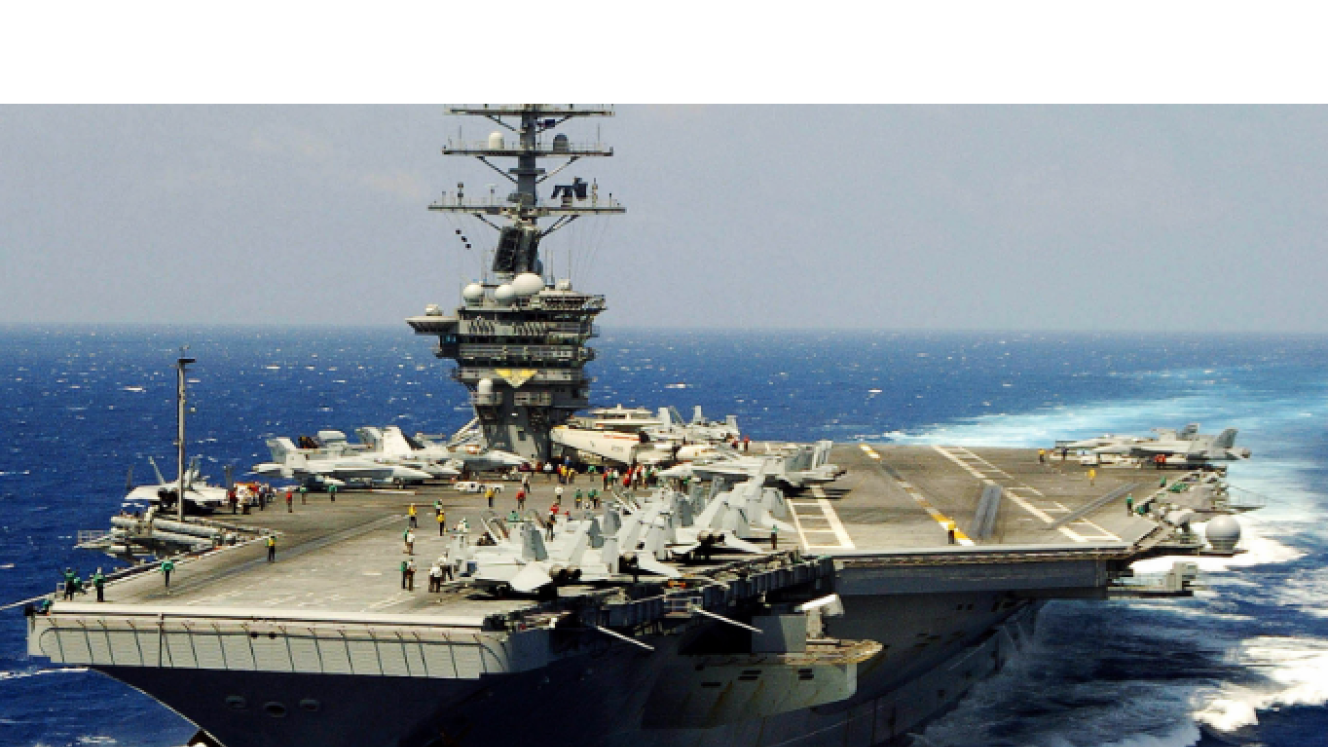More than 20 attempts at attacking commercial vessels in one evening in the Red Sea were thwarted by the US Navy in what has been called the severest of Iran-backed Houthi militia operatives to date.
According to line trade analyst and CEO of shipping consultancy Vespucci Maritime, Lars Jensen, F/A-18 fighter jets from the aircraft carrier Dwight D Eisenhower, shot down 18 drones, two anti-ship cruise missiles and one anti-ship ballistic missile.
All were launched from Yemen.
The Eisenhower was assisted by four destroyer gunboats, three operated by the US and another by the UK.
Jensen called the January 9 attack the largest since rebels from the Shiite Ansar Allah movement started attacking commercial vessels in relation to Israel’s war on Gaza.
Although it cannot be confirmed, the counter-offensive presence in the Red Sea by the Combined Maritime Forces (CMF) seems to have encouraged some lines from continuing to sail through the Suez Canal.
Says Jensen: “Presently there are four container vessels just about to enter for a transit continuing at regular speed and another six container vessels having a transit in progress.
“These are the ones publicly showing AIS position.”
He pointed out that some vessels may have turned off their satelite tracking technology in the hope of sailing through the Red Sea undetected.
Jensen said one such line is CMA CGM, a carrier headquartered in France, one of the founding countries of the CMF.
He added that another line, Maersk, has a vessel, the Atlanta, that has had its AIS switched off for seven days while transiting through the Suez.
Apparently, about 55 vessels have been counted in the area north and east of Bab al-Mandab Strait, the Red Sea choke point where Youthi attacks have predominated.
Although lines like CMA CGM and Danish-run Maersk are risking certain voyages, Jensen said it seems to be smaller, niche carriers like Fesco and SeaLead Shipping that are still using the Suez.
“The magnitude of yesterday’s attack is likely to reinforce the global carriers’ position that the passage is too risky,” Jensen said on Wednesday.
“On the positive side, it can be argued that despite the attack, the military managed to neutralise the drones and missiles.
“On the negative side, it shows the Houthies are both willing and capable of not only continuing the attacks but also increasing the magnitude of the attacks.”













